Ocean Acidification
Welcome to the Yakutat Tlingit Tribe Environmental Department Page
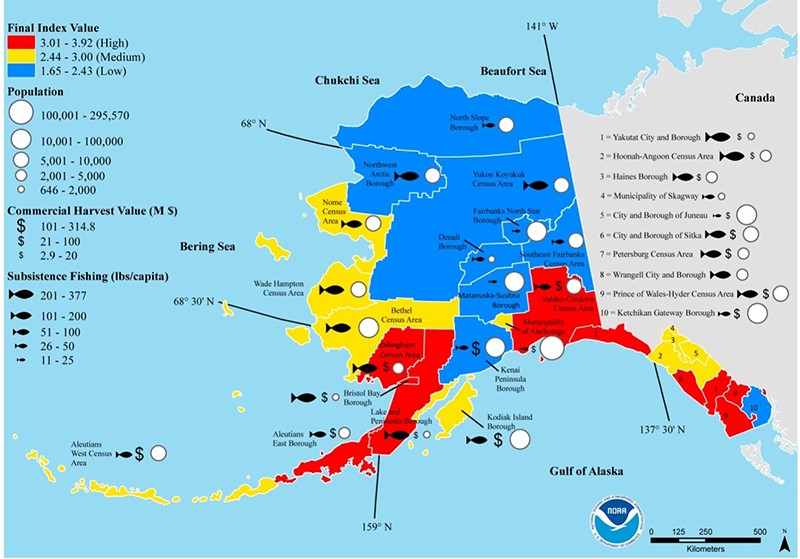
Ocean acidification is a phenomenon that increases the acidity of our water, due to the increasing atmospheric carbon dioxide (CO2). CO2 in the air reacts with the water to form carbonic acid (H2CO3), increasing the ocean’s acidity. In highly acidic conditions, shell-forming organism’s shells and skeletons, which are composed of calcium carbonate (CaCO3), may be negatively impacted. Vulnerable organisms include oysters, clams, mussels, abalone, crabs, corals, and zooplankton. This has the potential to affect the entire productivity of our ocean, as many fish and marine mammal species rely on these calcifiers as a food source.
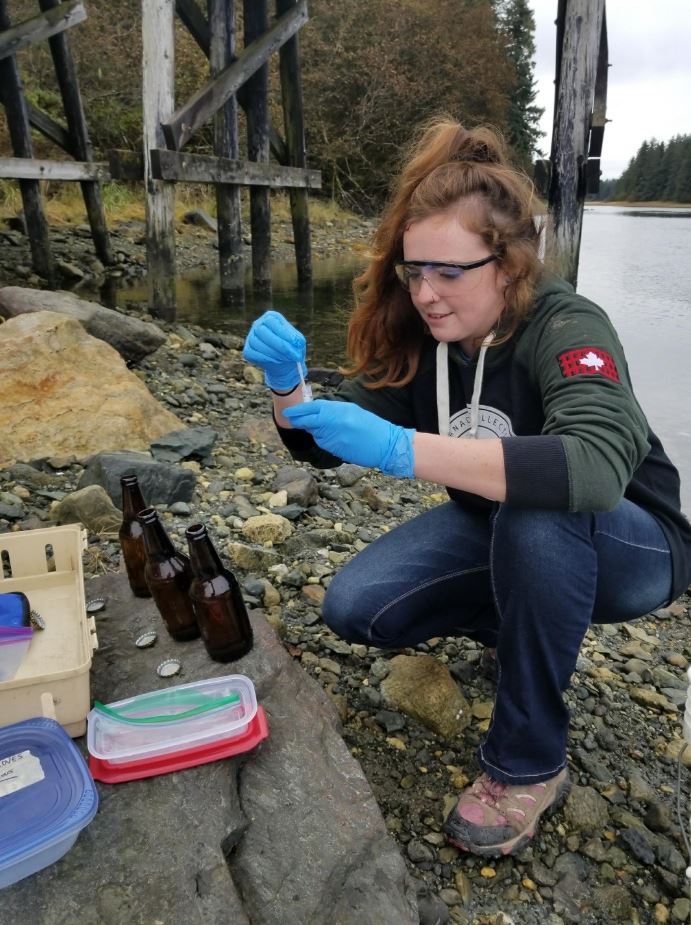
YTT has committed to collecting weekly ocean samples, which are sent to a lab in Sitka for testing current pH levels that will assess how acidic our local ocean water is. The sample sites include Ankau and Puget Cove. This allows us to create an accurate and current understanding of our ocean’s health. We also monitor the temperature and salinity of the water at our field sites. We continue to gather accurate data and monitor this threat to our marine ecosystem, which so heavily compromises our economy and way of life. More information about ocean acidification Alaska can be found at the National Climate Assessment, Alaska Ocean Observing System, Alaska Ocean Acidification Network, and NOAA websites.
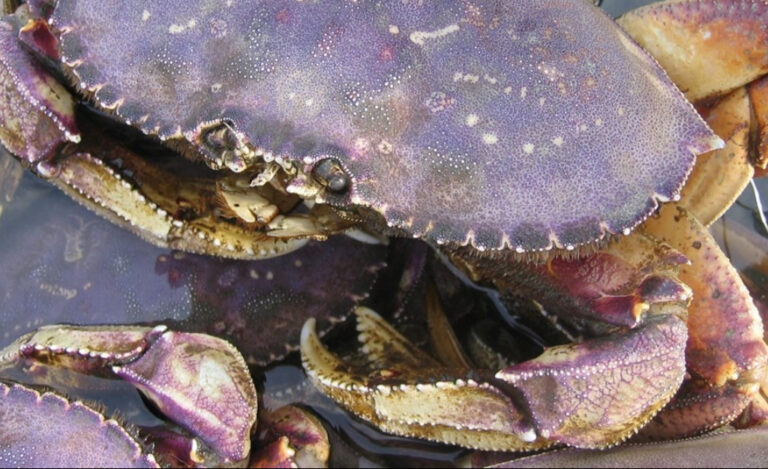
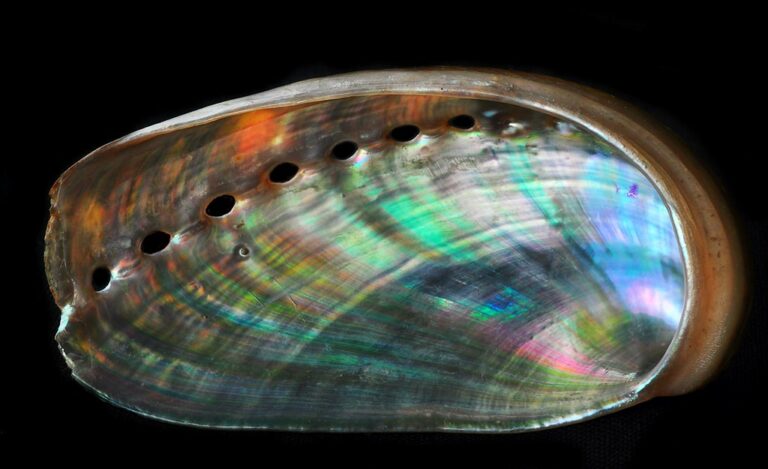
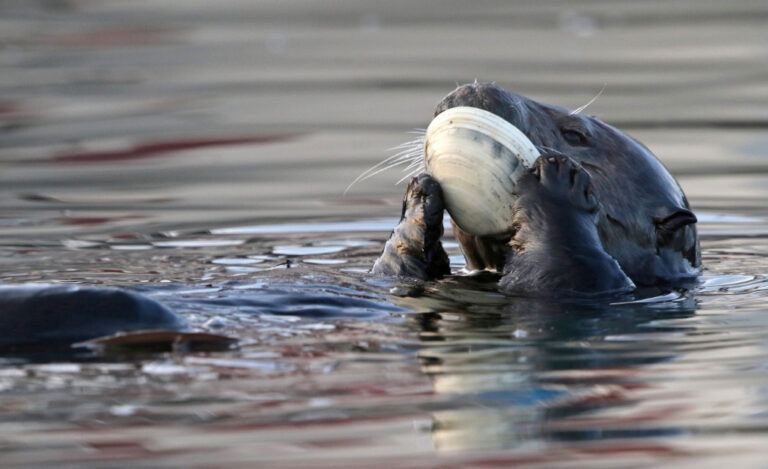
Enjoy the video below provided by Alaska Sea Grant which further explains the importance of monitoring ocean acidification.
